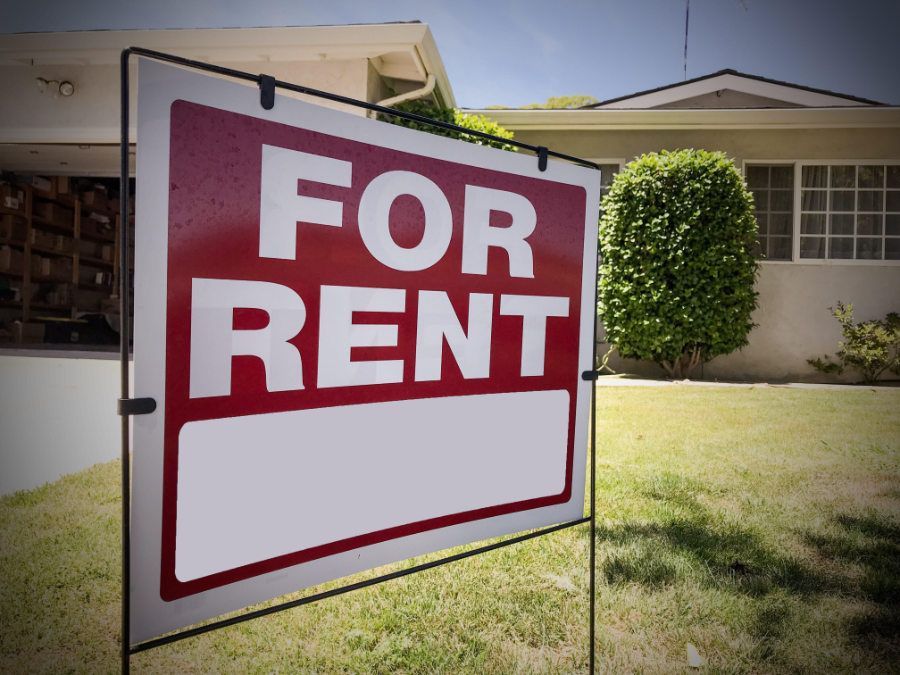Items to Consider for Your First Rental Property in Long Beach
Dustin Edwards • March 13, 2020
Make Your First Rental Property in Long Beach a Success

For most people trying something new is filled with a bit of trepidation. Just think back for a moment about the first time you:
- Rode a bike
- Drove a car
- Went Skiing or Snowboarding
How did you feel?
Did you feel excitement?
Maybe a bit of disappointment as you thought it might be easier?
Learning a new skill was likely a combination of excitement, nervousness and maybe even a bit of frustration as tend to anticipate something being easier than it actually is once we give it a try.
Now imagine you are considering your first rental property in Long Beach (could be a condo, single family home, duplex, triplex, or 4-unit). For many first time rental property owners we have helped over the years we have found their emotions are similar to trying a new activity.
Thoughts that run through their minds are items like:
- What happens if a renter damages my property?
- What if my property stays vacant for months?
- Did I make the right decision by buying a rental?
- Am I going to get that late night call about a backed up toilet?
- Will I have to hire a lawyer to evict a tenant if they decide to stop paying?
All of these are natural and unlike riding a bike, where you might skin your knee, the fear can be losing thousands of dollars. To help alleviate your fears of managing your first rental (unless you want to leave the heavy lifting to us) we invite you to consider the following that can help.
Keeping a Reserve Fund
When you are talking about Southern California Real Estate this is no easy task but it is one that will give you confidence to weather any storm. Having funds set aside for your rental property are essential to keeping the property in the best shape and to allow you to rest easy knowing that a small vacancy doesn’t mean having trouble paying your mortgage. So, just how much should you keep in reserve?
While the number can vary depending on the size, condition of your property, and risk tolerance we recommend implementing a simple rule such as:
- 3 Months Mortgage and 1 Major Repair of Reserves
For example if your mortgage (including taxes and insurance) is $2,000 a month and you know your A/C unit is nearing the end of its life you would want to save around $11,000-$15,000 in reserves. This gives you 3 months of mortgage and $6,000-$9,000 to cover an A/C unit. You can keep these funds available in a local checking account or even have the funds available through a HELOC (Home Equity Line of Credit) on the property.
If you go the route of the HELOC make sure that your property has enough monthly positive cash-flow to cover the payment on the HELOC if you need to use it. As tough as it may be we recommend having cash reserves available (and the HELOC too) to allow you to be prepared for any challenge.
List of Local Trades Professionals
Managing a property (whether it is your first one or your 880th) means having a list of trusted trades professionals willing to work with you. One of the hardest aspects of property management is having a list of reliable professionals who are ready, willing, and able to repair items on your property. We have found many new rental owners only started looking when they were in need and this added undue stress to the process.
If you have to call a plumber for help at 10pm on a Saturday then be prepared for a select number of options and the pricing might not be what you want. To avoid the anxiety of a frantic night search consider identifying key trade professionals such as:
- Plumber
- Electrician
- Roofer
- Pest Control
- Handyman
- Appliance Repair
- Gardener
Having two options for each trade is a great way to be prepared for any situation. If you are wondering why you would call them when you don’t need them yet try calling them and sharing you have a rental property. Mention that you were wondering what their charge was for “X” (choose a few fundamental tasks based on their trade like unclogging a toilet or replacing a garbage disposal) to help you gauge their price ranges which allows you to double check your reserve fund. It’s also a good idea to ask if they have previous experience working for property management companies. Service providers who have worked with property management companies know to send you the bill and not leave it at the property.
When it comes to your first rental property in Long Beach we hope you are excited. Should you want our help taking care of your property we would be happy to do so. Take the first step and find out today how much your property could rent for with our Free Rental Analysis.





